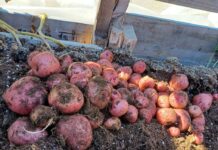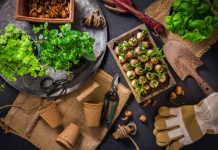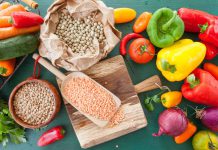Welcome back, and thanks for joining if you are a first-timer joining me!
This week I’m covering composting. Why consider using compost? It is the best free source of nutrients that you could possibly get for your garden. It is full of nutrients, and dry compost is also a great organic matter to beef up your garden and help your garden retain moisture while helping balance the pH level in your garden.
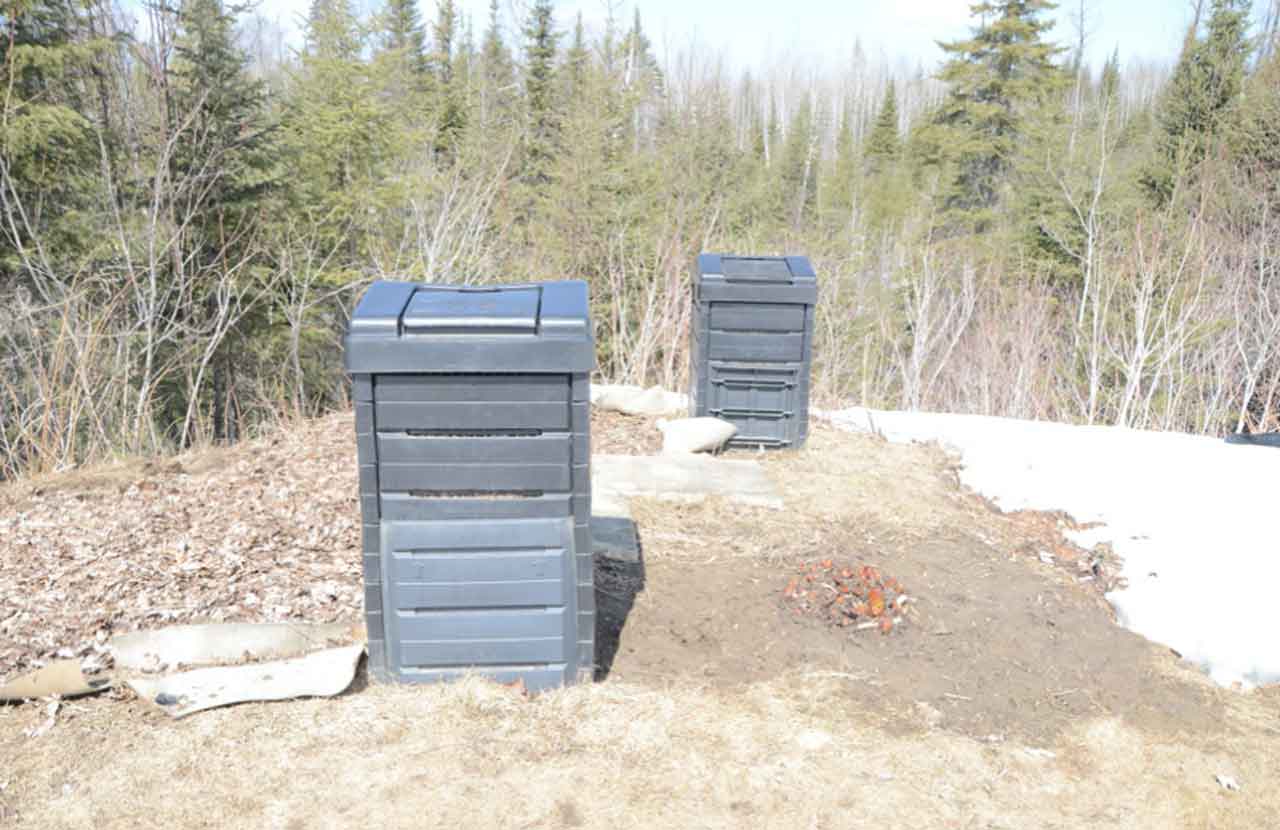
What is compost?
I’m sure most of you know what compost is, but in case you don’t, it is all organic matter (usually plant-based matter) discarded from your kitchen, garden and yard left to break down and turn into “soil”. You use this “soil” or compost in your garden beds, flower beds, containers, or anything requiring nutrients to grow in the plant world. It is a natural fertilizer without chemicals.
How do you make compost?
There are many ways to compost. You can make dry compost, or you can do liquid/worm casting composting and use the liquid and worm castings as fertilizers. When I speak about dry compost, it isn’t actually dry, you just are not making a liquid. I don’t do the liquid or castings as I find it’s a bit more set up and care. This article will talk about dry composting.
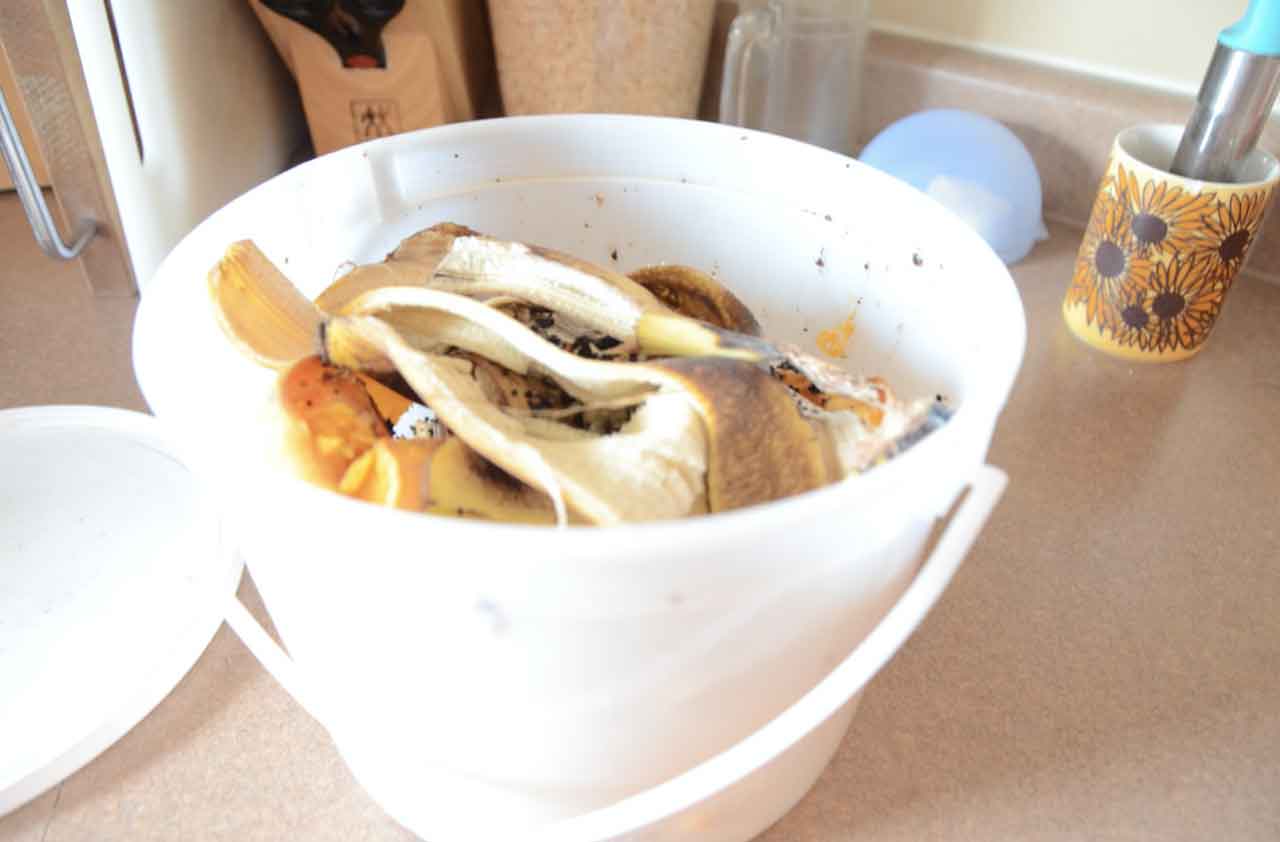
So to start, it’s best to have something to collect the compost in your kitchen. In my attached video link, you will see ours. All I use is an empty ice cream bucket, however, some people prefer a container made specifically for collecting compost. I find that you should have a lid, especially in the summer, to avoid fruit flies and mild smell. You should wash your composter out on a regular basis to avoid smell and fruit flies. You can add any plant-based discards into it — banana peels, orange peels, seeds, old lettuce, fruit or veggies that have gone bad, apple peels, carrot peels… and on and on. It is a really good idea to chop up the bigger pieces into smaller if you have the time as it breaks down faster and saves space in the composter outside.
One thing you should consider before adding peelings off of things (such as bananas or oranges) is that many items are sprayed, and this will end up in your compost. One of my students taught me this past year that if the sticker on the fruit is a 4 digit number starting with a 4, it has been sprayed with a pesticide. (Disclaimer, I have yet to fact check it for real, but I do see that organic foods do not have a 4 digit number starting with 4.) So, we stay away from those fruits and veggies. Well, we stay away from most of them anyway as we grow everything we possibly can. Bananas and oranges are however not really growable here in Northern Ontario.
On a daily basis in our house, we empty our kitchen compost into the outdoor compost. (Well, in the winter, it is more like every 3rd day.) During the summer, we make sure that we add water to the composter from time to time, or open the lids during a rain shower. The moisture helps speed things up. If you have the time, it is a good idea to mix up your compost from time to time. The compost needs aeration to break down. The barrel/tumble composters do that for you with a quick spin. We have a stand up one, but honestly, we rarely mix it up. It has slits in the sides for air and that seems to be enough for us.
To use the compost, you simply take it out when it looks like it is mostly course soil. It is slightly crumbly and you should NOT be able to recognize anything in it. It will be black — hence the term black gold — and have a deep earthy, sweet smell. Most stand-up composters have some kind of door to lift at the bottom to get the compost out. The tumblers, you just open the hatch and take it out.
Compost takes anywhere from a month to a year depending on what kind of composter you are using. The hot composters and the worm composters work faster but require more work. The amount of moisture and air in the composters are also a huge factor. If your composter is set up in a nice hot spot in your yard and it gets air and moisture, and your contributions are not too large or course, it goes faster.
We actually have a seperate spot for our course compost that takes more time or is just too big — corn stalks, leaves, large vines like beans and squash. I have a spot near our apple trees in the start of the ravine that I throw course stuff into, and Harriet has some home built ones that you can see in the video. The course stuff takes a year to break down for sure.
How to use compost:
You can add compost to anything you are growing. Some people spread it throughout their gardens and till it in. We do that with one of the composters and the other we save to put directly under our transplants or in the rows where we are planting seeds. We do mix a little dirt in with the compost so that it isn’t too nutrient rich in the rows and under transplants.
Purchased Composters:
I have included a couple of links below to common composters people buy. In my video, I have included a look at a couple of purchased set ups.
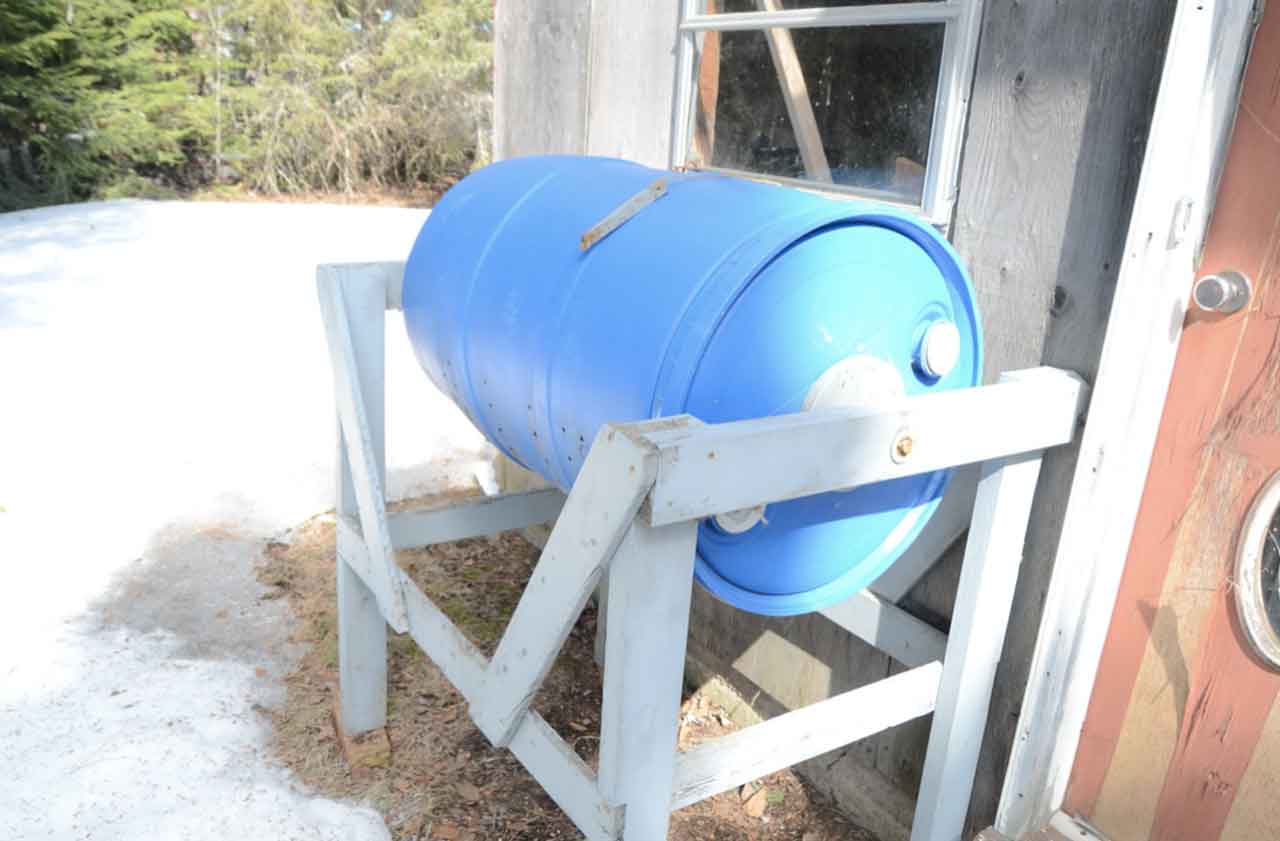
Homemade Composters:
Really, you can use almost anything that will hold stuff to make a composter. An old garbage can that you turn upside down, add some holes, and shake up now and then… an old barrel that you can transform into a barrel/tumbler composter (shown in the video), or use old lumber to create an area to gather course or large compost (also shown in the video).
It is sometimes easier just to buy one, but if you are on a budget, or have a lot of time on your hands, or you like to get crafty, it isn’t that difficult to make something or repurpose things laying around. A quick google search will give you a plethora of ideas.
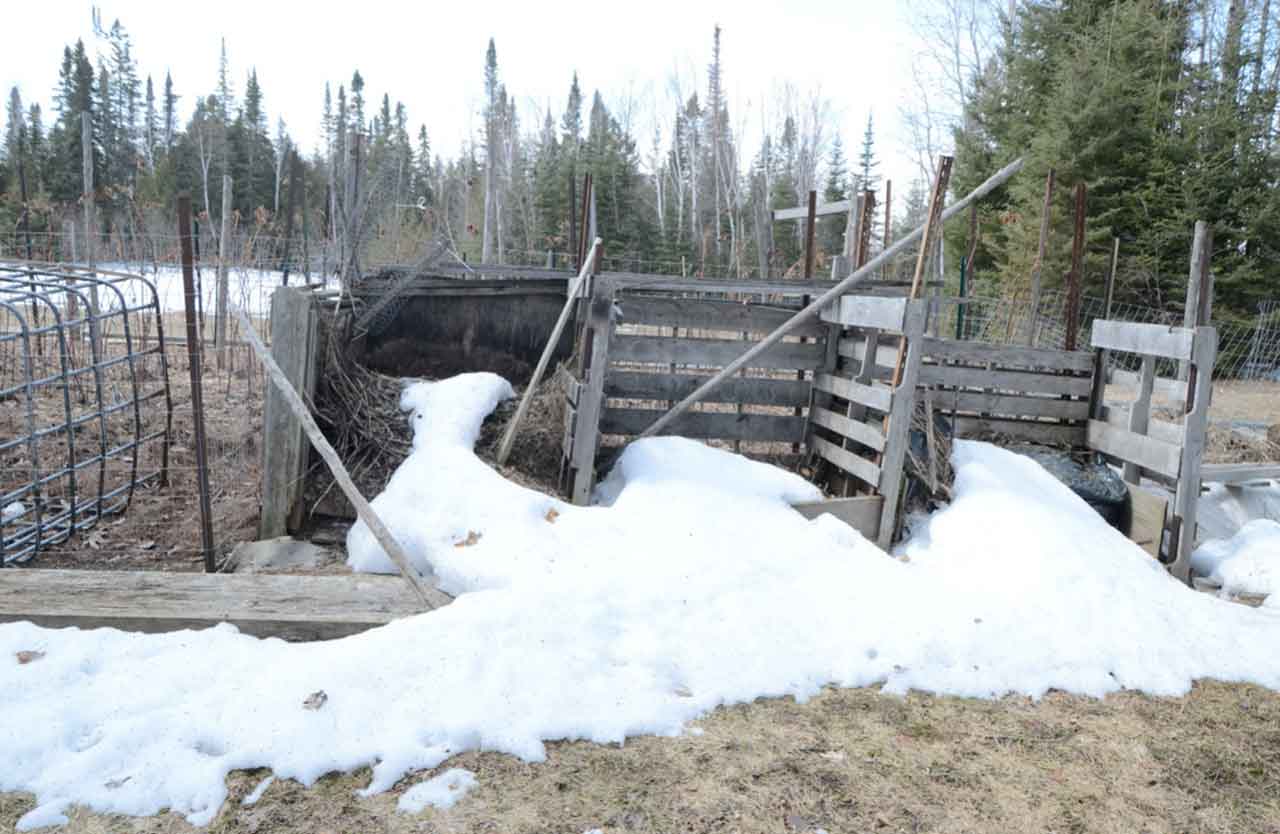
Pests
A huge consideration for composting! It isn’t uncommon to get pests with composters. Some are ok others, most are not. We have a family of snakes that live in our composter. I actually love them. I’m not a snake person, but I do like that they keep a great handle on our mouse problem (as the mice will eat many things in your garden) and they will eat slugs too.
Rats on the other hand are not good to have around. Rats seem to be an issue in cities for composters. I don’t really know how to get rid of that problem. I know in Thunder Bay, many people have given up on composting due to rats. If you happen to have an answer to that problem, please feel free to share!
Bears can be an issue too. Really though, if you keep meat and meat by products out you should be ok. Also, don’t put anything that has processed sugar in it. We rarely have bear issues. Usually what draws bears in is not the compost but other more strongly smelling garbage and then they will come across the compost and enjoy some snacks. This snack usually ends up in damage to the composter. Don’t keep smelly garbage near your composter, and don’t put anything meat based in your composter and you should be fine. The one exception is egg shells. These are ok to add, and they really boost the calcium levels in compost.
Ok, well, I sure help that this gives you something to think about! Thanks for joining me and feel free to leave a comment! Oh, and if you watch the video and hear the little song clip I used? My dear freind Marianna Foster and I wrote that song!
Square stand up Composter:
Barrel or Tumbler Composter
Kitchen composter:
Worm Casting Composter:

